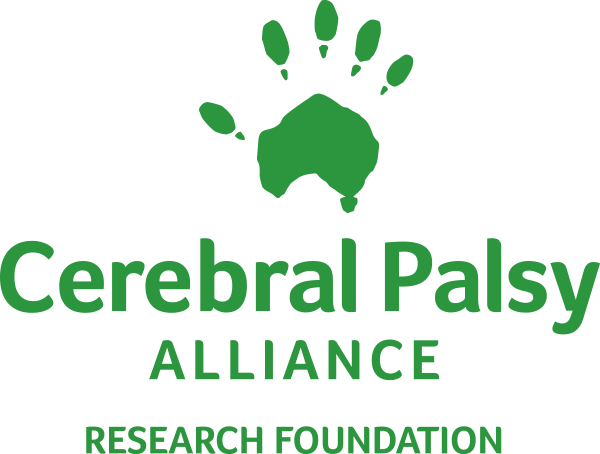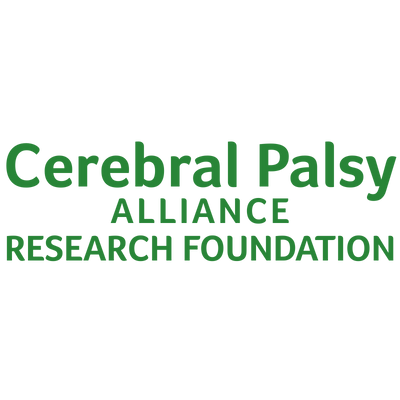Cerebral palsy is described based on the parts of the body it affects, the way it impacts movement, and the type of brain injury that caused it.
By Body Part
Quadriplegia
This type affects all four limbs — both arms and both legs. A person’s torso, facial, and oral muscles are often affected, too.
Triplegia
This type affects three limbs — one arm and both legs. A person’s torso, facial, and oral muscles may be affected, too.
Diplegia
This type affects both legs. A person’s arms may be affected to a lesser extent.
Hemiplegia
This type affects one side of the body. People can either have right-side hemiplegia (affecting their right arm and leg), or left-side hemiplegia (affecting their left arm and leg). Approximately 40% of people with cerebral palsy have hemiplegia.
Monoplegia
This type affects only one limb.
By Brain Injury Location
Spastic Cerebral Palsy
- Spastic cerebral palsy is the most common form, affecting up to 80% of people with CP.
- This type causes muscles to appear stiff and tight.
- This the result of damage to the motor cortex.
Dyskinetic Cerebral Palsy
- Dyskinetic cerebral palsy — also known as athetoid cerebral palsy — occurs in 6% of people with CP.
- This type is characterized by involuntary movements.
- This is the result of damage to the basal ganglia.
Ataxic Cerebral Palsy
- Ataxic cerebral palsy occurs in 6% of people with CP.
- This type is characterized by shaky movements and affects a person’s balance and sense of positioning in space.
- This is the result of damage to the cerebellum.
Mixed Cerebral Palsy
- Mixed cerebral palsy means that someone’s brain is injured in more than one location and they will experience symptoms from multiple types of CP.

